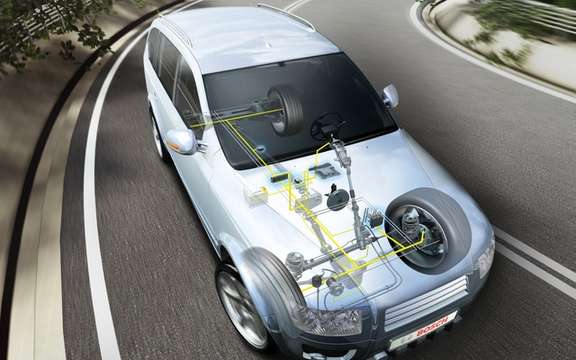A control system for stability more mandatory
It is commonly known as:
Electronic Stability Program (ESP)
Electronic Stability Control (ESC)
After more than ten years of research by the engineers of the Bosch company, it was in 1992 that the company will partner Mercedes-Benz has to offer for the first time in the history of a car system electronic control of stability on serial models. These are the Mercedes-Benz S-Class and SL who were the first to take advantage of this technological advance.
The European vision
The control system of stability will be compulsory in Europe from 2014. This means that all new cars sold in the old continent from 2014 will offer this series of control system stability.
But before the entry into force of this Regulation and with effect from November 2011, all new vehicle will offer this system as standard equipment.
Already in 2010, it is estimated that 62% of cars offered in Europe have such a system.
In 2007, a study conducted by the University of Cologne has shown that the use of a control system of stability could prevent many accidents. Thus, there would have been 100,000 wounded and especially 4000 fewer deaths on the roads throughout the European continent.
Canadian vision
Canadian legislators have adopted last year a regulation on the safety of motor vehicles which made reference to, among other systems of electronic stability control (Standard 126).
Thus, all passenger cars, passenger vehicles multipurpose trucks and buses that have a weight rating (GVWR) of 4,536 pounds or less and be manufactured after August 31, 2011, must be equipped with a series of system of electronic stability control.
Control of stability
It is an electronic system with sensors that analyze in thousandths of a second several parameters such as: steering wheel angle, the trajectory of the vehicle, or even the condition of roads and tires in some cases to determine the purpose risks skid.
When there just may skid, the system operates electronically brakes one or more wheels in addition to increase or reduce the power directed to the wheels or to keep the vehicle in its path.










